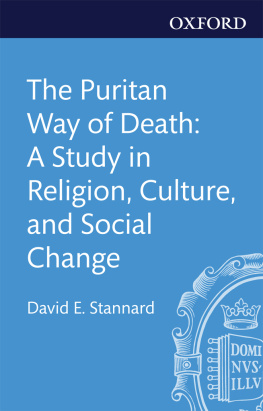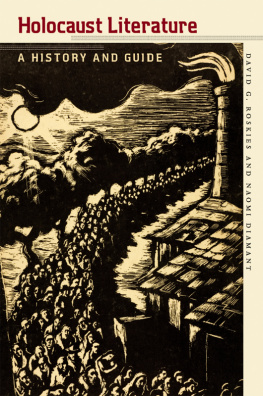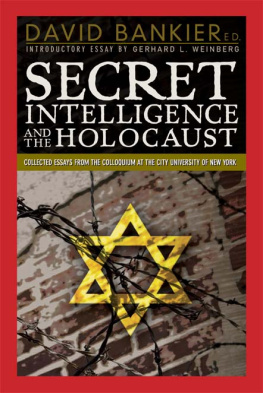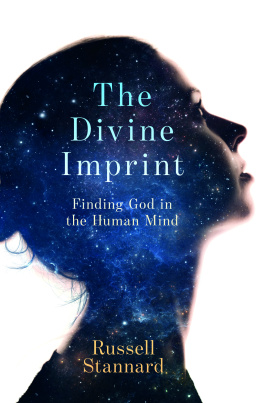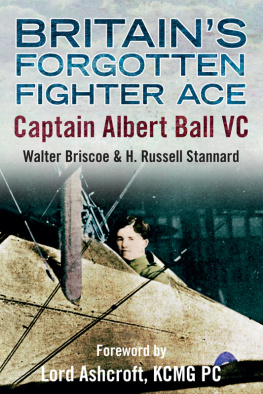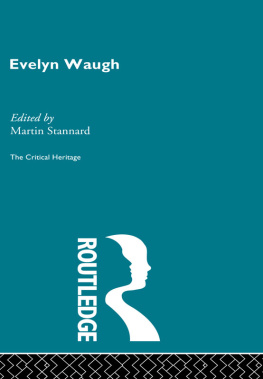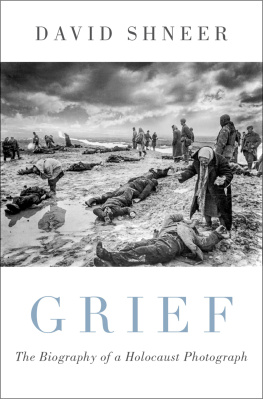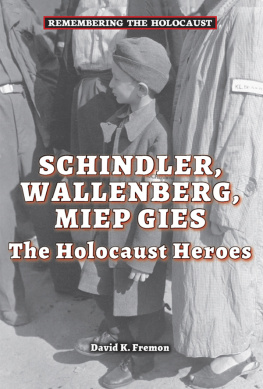David E. Stannard - American Holocaust
Here you can read online David E. Stannard - American Holocaust full text of the book (entire story) in english for free. Download pdf and epub, get meaning, cover and reviews about this ebook. year: 1992, publisher: Oxford University Press, genre: History. Description of the work, (preface) as well as reviews are available. Best literature library LitArk.com created for fans of good reading and offers a wide selection of genres:
Romance novel
Science fiction
Adventure
Detective
Science
History
Home and family
Prose
Art
Politics
Computer
Non-fiction
Religion
Business
Children
Humor
Choose a favorite category and find really read worthwhile books. Enjoy immersion in the world of imagination, feel the emotions of the characters or learn something new for yourself, make an fascinating discovery.

- Book:American Holocaust
- Author:
- Publisher:Oxford University Press
- Genre:
- Year:1992
- Rating:4 / 5
- Favourites:Add to favourites
- Your mark:
- 80
- 1
- 2
- 3
- 4
- 5
American Holocaust: summary, description and annotation
We offer to read an annotation, description, summary or preface (depends on what the author of the book "American Holocaust" wrote himself). If you haven't found the necessary information about the book — write in the comments, we will try to find it.
American Holocaust — read online for free the complete book (whole text) full work
Below is the text of the book, divided by pages. System saving the place of the last page read, allows you to conveniently read the book "American Holocaust" online for free, without having to search again every time where you left off. Put a bookmark, and you can go to the page where you finished reading at any time.
Font size:
Interval:
Bookmark:
AMERICAN HOLOCAUST
The Conquest of the New World
DAVID E. STANNARD

Oxford University Press
Oxford New York Toronto
Delhi Bombay Calcutta Madras Karachi
Kuala Lumpur Singapore Hong Kong Tokyo
Nairobi Dar es Salaam Cape Town
Melbourne Auckland Madrid
and associated companies in
Berlin Ibadan
Copyright 1992 by David E. Stannard
First published in 1992 by Oxford University Press, Inc.,
198 Madison Avenue, New York, New York 10016-4314
First issued as an Oxford University Press paperback, 1993
Oxford is a registered trademark of Oxford University Press
All rights reserved. No part of this publication may be reproduced,
stored in a retrieval system, or transmitted, in any form or by any means,
electronic, mechanical, photocopying, recording, or otherwise,
without the prior permission of Oxford University Press, Inc.
Library of Congress Cataloging-in-Publication Data
Stannard, David E.
American holocaust: Columbus and the conquest of the
New World / David E. Stannard.
p. cm. Includes bibliographical references and index.
ISBN-13 978-0-19-508557-0
1. Columbus, ChristopherInfluence. 2. AmericaDiscovery and
explorationSpanish. 3. Indians, Treatment of. 4. IndiansFirst
contact with Europeans. I. Title.
E112.S82 1992
970.015dc20 92-6922
25 24 23 22 21 20 19
Printed in the United States of America
On acid-free paper
For Florence Evelyn Harwood Stannard
the poet who gave me life and taught me that in kindness and charity there is strength
and for Haunani-Kay Trask
the poet who sustains me and is unwavering in the struggle for justice
I N THE DARKNESS of an early July morning in 1945, on a desolate spot in the New Mexico desert named after a John Donne sonnet celebrating the Holy Trinity, the first atomic bomb was exploded. J. Robert Oppenheimer later remembered that the immense flash of light, followed by the thunderous roar, caused a few observers to laugh and others to cry. But most, he said, were silent. Oppenheimer himself recalled at that instant a line from the Bhagavad-Gita:
I am become death,
the shatterer of worlds.
There is no reason to think that anyone on board the Nia, the Pinta, or the Santa Mara, on an equally dark early morning four and a half centuries earlier, thought of those ominous lines from the ancient Sanskrit poem when the crews of the Spanish ships spied a flicker of light on the windward side of the island they would name after the Holy Saviour. But the intuition, had it occurred, would have been as appropriate then as it was when that first nuclear blast rocked the New Mexico desert sands.
In both instancesat the Trinity test site in 1945 and at San Salvador in 1492those moments of achievement crowned years of intense personal struggle and adventure for their protagonists and were culminating points of ingenious technological achievement for their countries. But both instances also were prelude to orgies of human destructiveness that, each in its own way, attained a scale of devastation not previously witnessed in the entire history of the world.
It took a little longer, about the span of a single human generation, but what happened on Hispaniola was the equivalent of more than fifty Hiroshimas. And Hispaniola was only the beginning.
Within no more than a handful of generations following their first encounters with Europeans, the vast majority of the Western Hemispheres native peoples had been exterminated. The pace and magnitude of their obliteration varied from place to place and from time to time, but for years now historical demographers have been uncovering, in region upon region, post-Columbian depopulation rates of between 90 and 98 percent with such regularity that an overall decline of 95 percent has become a working rule of thumb. What this means is that, on average, for every twenty natives alive at the moment of European contactwhen the lands of the Americas teemed with numerous tens of millions of peopleonly one stood in their place when the bloodbath was over.
As a result, the very effort to describe the disasters overwhelming magnitude has tended to obliterate both the writers and the readers sense of its truly horrific human element.
In an apparent effort to counteract this tendency, one writer, Tzvetan Todorov, begins his study of the events of 1492 and immediately thereafter with an epigraph from Diego de Landas Relatin de las cosas de Yucatn:
The captain Alonso Lpez de Avila, brother-in-law of the adelantado Montejo, captured, during the war in Bacaln, a young Indian woman of lovely and gracious appearance. She had promised her husband, fearful lest they should kill him in the war, not to have relations with any other man but him, and so no persuasion was sufficient to prevent her from taking her own life to avoid being defiled by another man; and because of this they had her thrown to the dogs.
It is important to try to hold in mind an image of that woman, and her brothers and sisters and the innumerable others who suffered similar fates, as one reads Todorovs book, or this one, or any other work on this subjectjust as it is essential, as one reads about the Jewish Holocaust or the horrors of the African slave trade, to keep in mind the treasure of a single life in order to avoid becoming emotionally anesthetized by the sheer force of such overwhelming human evil and destruction. There is, for example, the case of a small Indian boy whose name no one knows today, and whose unmarked skeletal remains are hopelessly intermingled with those of hundreds of anonymous others in a mass grave on the American plains, but a boy who once played on the banks of a quiet creek in eastern Coloradountil the morning, in 1864, when the American soldiers came. Then, as one of the cavalrymen later told it, while his compatriots were slaughtering and mutilating the bodies of all the women and all the children they could catch, he spotted the boy trying to flee:
We must do what we can to recapture and to try to understand, in human terms, what it was that was crushed, what it was that was butchered. It is not enough merely to acknowledge that much was lost. So close to total was the human incineration and carnage in the post-Columbian Americas, however, that of the tens of millions who were killed, few individual lives left sufficient traces for subsequent biographical representation. The first two chapters to follow are thus necessarily limited in their concerns to the social and cultural worlds that existed in North and South America before Columbuss fateful voyage in 1492. We shall have to rely on our imaginations to fill in the faces and the lives.
The extraordinary outpouring of recent scholarship that has analyzed the deadly impact of the Old World on the New has employed a novel array of research techniques to identify introduced disease as the primary cause of the Indians great population decline. As one of the pioneers in this research put it twenty years ago, the natives most hideous enemies were not the European invaders themselves, but the invisible killers which those men brought in their blood and breath. In fact, however, the near-total destruction of the Western Hemispheres native people was neither inadvertent nor inevitable.
From almost the instant of first human contact between Europe and the Americas firestorms of microbial pestilence
Next pageFont size:
Interval:
Bookmark:
Similar books «American Holocaust»
Look at similar books to American Holocaust. We have selected literature similar in name and meaning in the hope of providing readers with more options to find new, interesting, not yet read works.
Discussion, reviews of the book American Holocaust and just readers' own opinions. Leave your comments, write what you think about the work, its meaning or the main characters. Specify what exactly you liked and what you didn't like, and why you think so.

